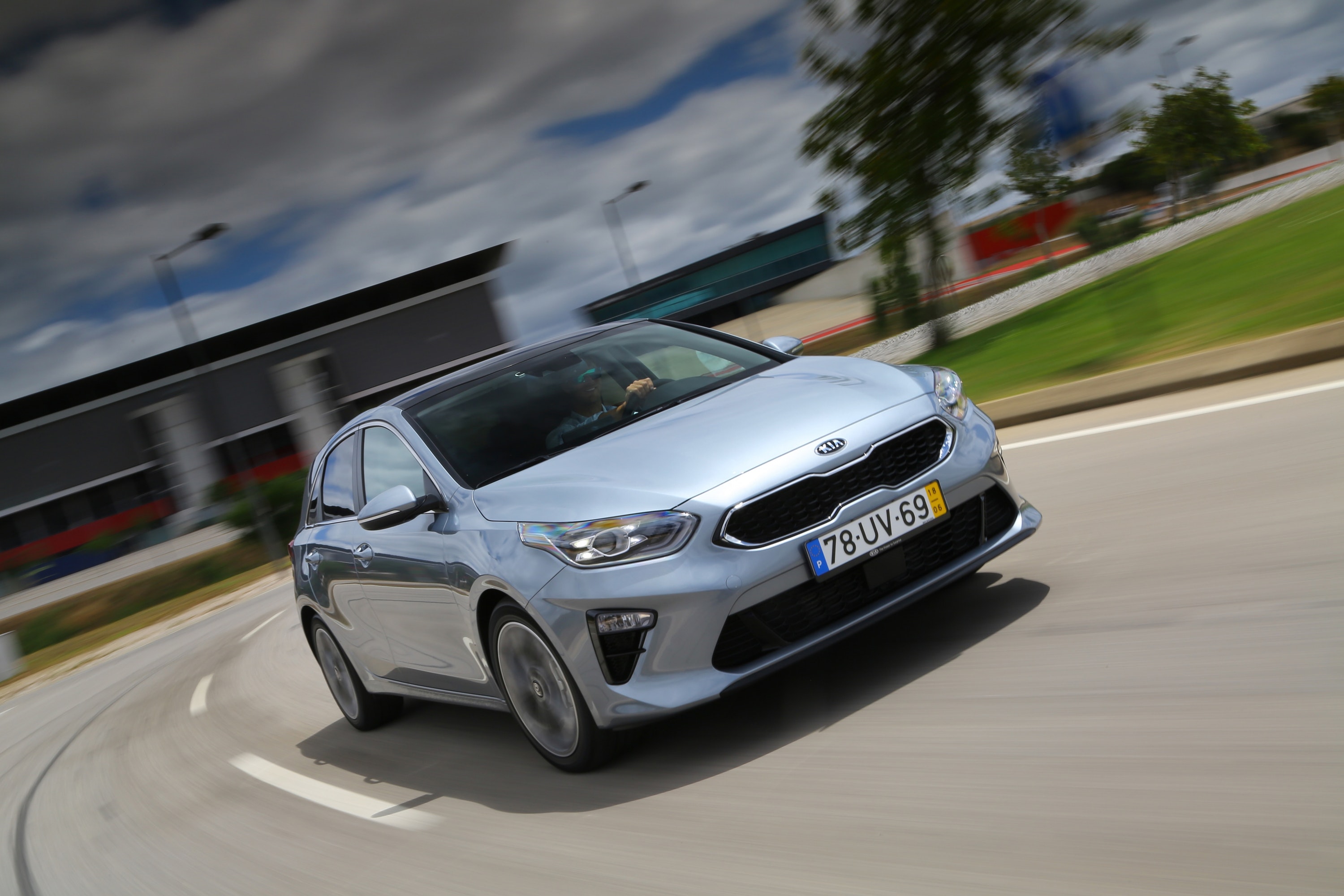What is it?
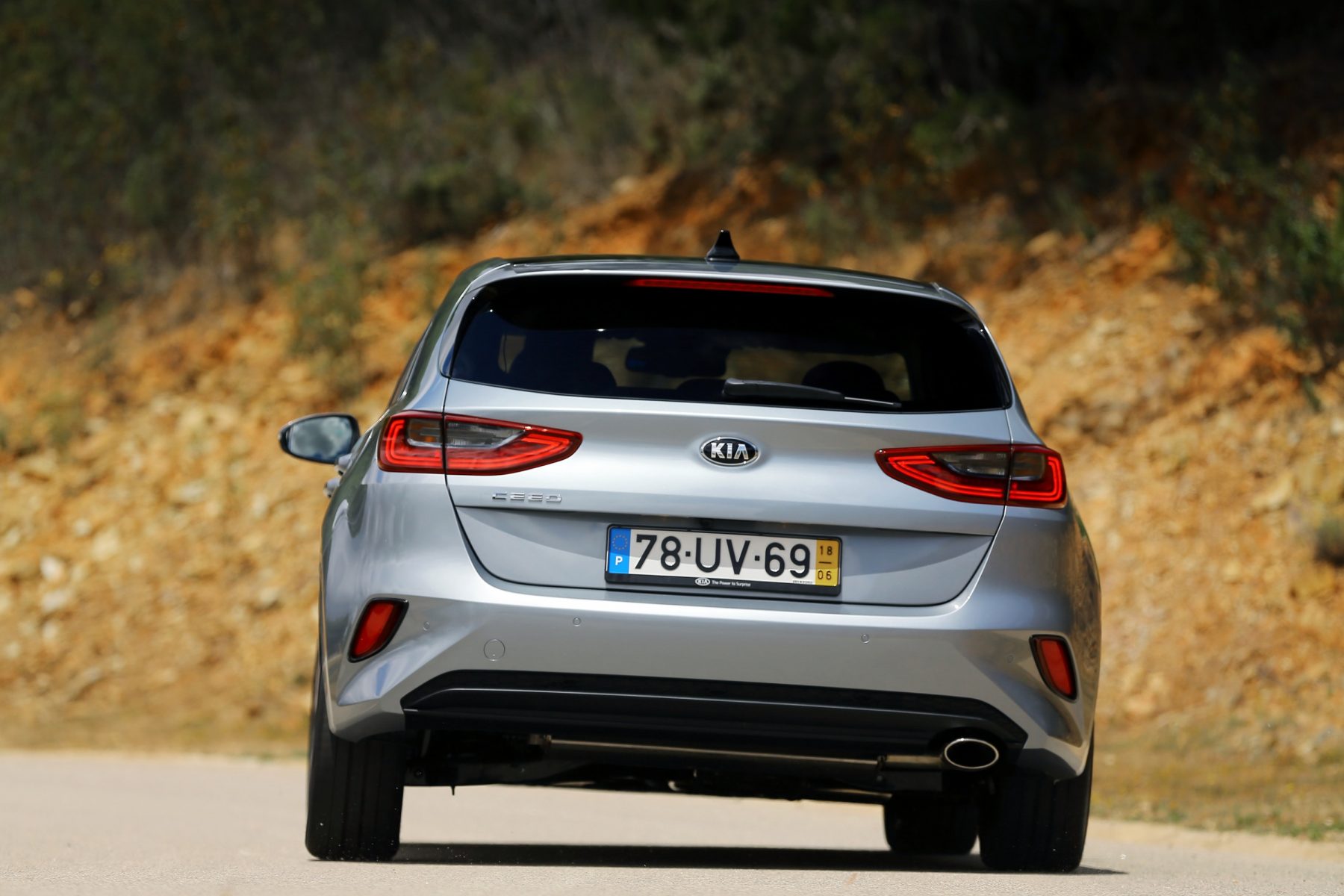
The family hatchback sector is under siege from SUVs, but that doesn’t mean it’s dead – far from it. There’s enough life in this market sector yet that Kia has gone in all guns blazing with this – the all-new Ceed.
Though it may come from a Korean brand, the Ceed is designed, engineered, built and sold entirely in Europe, so in theory it should be perfect for European tastes. But there’s no denying the strong competition – the best-selling Ford Focus and VW Golf are both seriously good cars, with considerably more heritage than the 2006-born Ceed.
What’s new?
Been driving the new F̶o̶r̶d̶ ̶F̶o̶c̶u̶s̶ Kia Ceed. It's a goodun. pic.twitter.com/JZp2Sghw6c
— Tom Wiltshire (@mctreckmeister) June 19, 2018
Let’s get the trifles out of the way first – the new car loses the apostrophe of the old Cee’d and simply becomes Ceed: Community Europe, European Design. Easy.
Of more note is the new bodywork, which is wider and lower than the outgoing car, though identical in length and wheelbase. The styling’s sharper, there’s a new LED daytime running light signature front and rear, and the cabin is now oriented towards the driver.
A 48V mild hybrid system is coming later, but for now the only new tech to note is a host of safety improvements including level 2 autonomous ‘Lane Follow Assist’, which can steer, brake and accelerate the car in traffic.
What’s under the bonnet?
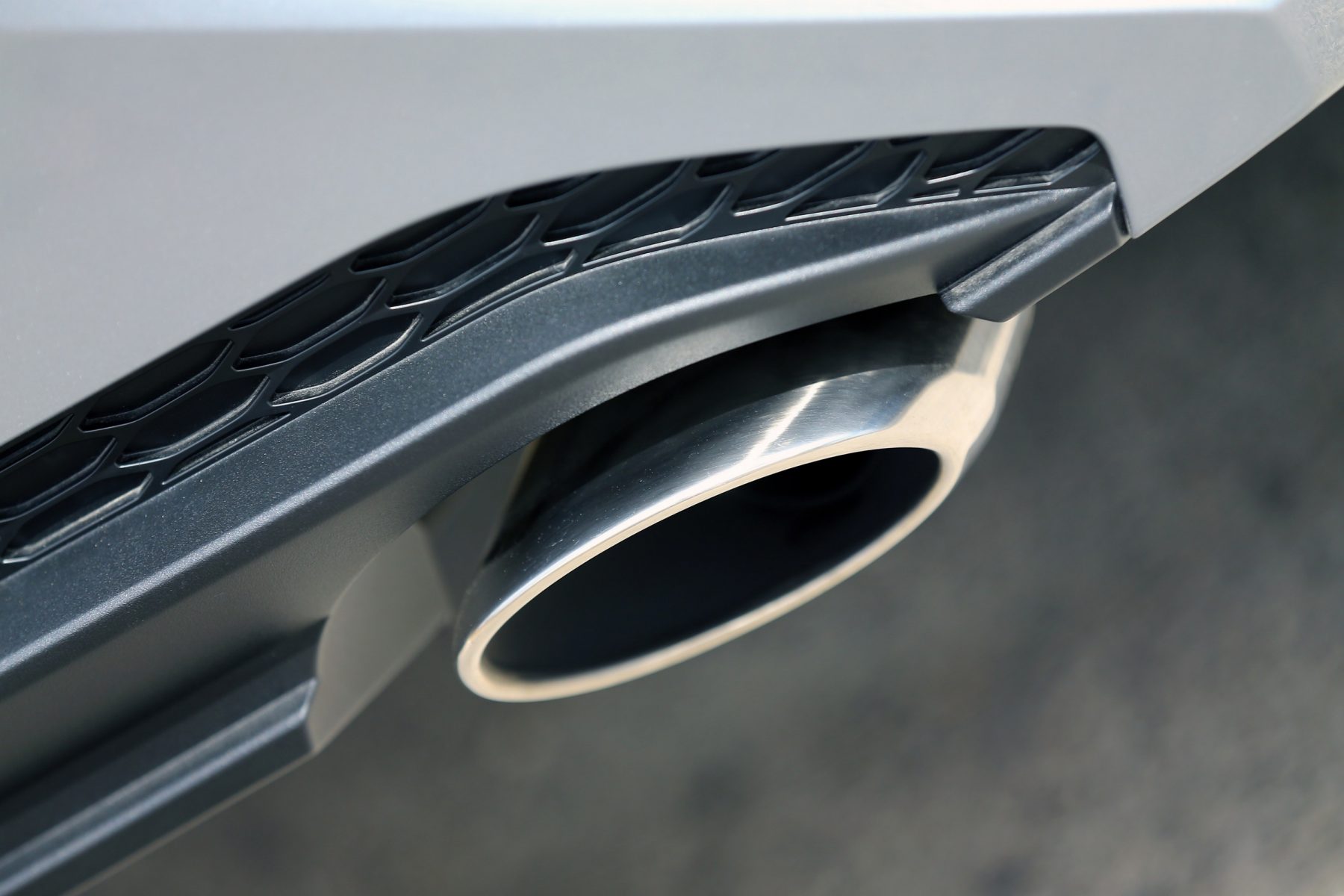
There is a choice of three petrol engines and a lone diesel. Kicking off the range is a naturally aspirated 1.4-litre petrol, which is likely to be best suited to town use given its measly 99bhp output.
We’d opt for the middle ground, a 1.0-litre turbocharged three-cylinder which puts out 118bhp. Though acceleration isn’t exactly scintillating, it has enough power to overtake in relative comfort, and cruises effortlessly thanks to long gearing. Put your foot down and the muffled thrum it emits is quite pleasant, too. A turbocharged 1.4-litre unit sits above, with 138bhp.
High-mileage drivers and penny pinchers will enjoy the diesel, which is smooth, quiet, and torquey. All of the engine options come with a six-speed manual gearbox as standard, with a slick seven-speed dual-clutch automatic available with the most powerful petrol and diesel engines.
What’s it like to drive?
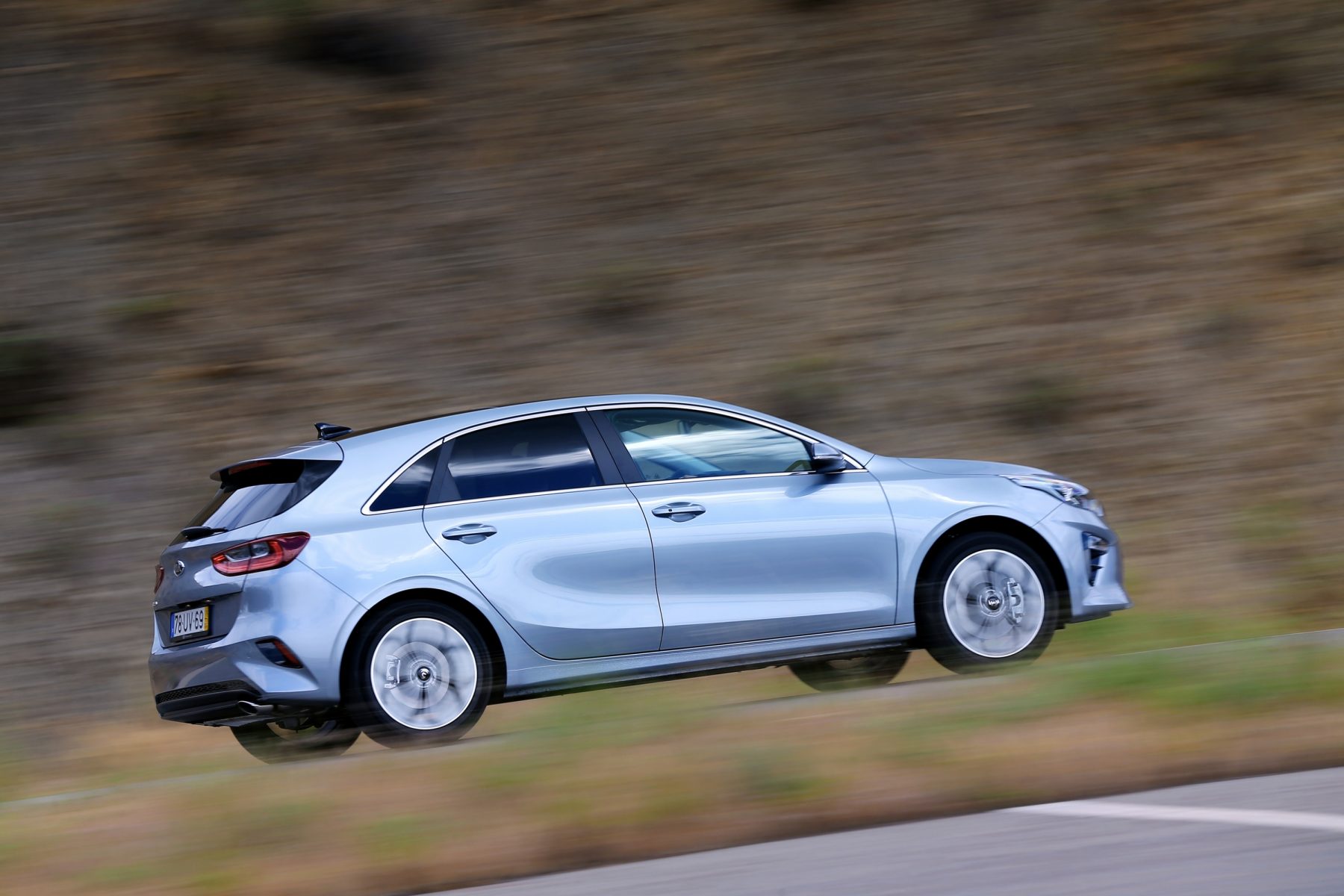
Kia has invested heavily in making the Ceed drive as well as its rivals – and with a talented team including ex-BMW M division engineer Albert Biermann, the transformation is remarkable.
The Ceed feels confident in the corners, staying flat and gripping well. The nicely-weighted steering rack is intuitive, making smooth cornering easy, and it pairs well with the willing engines and slick manual gearchange.
The caveat is a slightly firmer ride – a conscious decision on the part of Kia, as it chased ‘firm, but never uncomfortable’. The lessons the brand has learned with the performance-oriented Stinger really show – one can even call the Ceed ‘fun’. It’s not quite as engaging as a Focus, but beats out rivals such as the Peugeot 308.
How does it look?

At first glance, the Ceed is a little disappointing – imagine averaging out the differences between a Ford Focus and Vauxhall Astra. Step closer and smart details do start to make themselves known, however.
Bold LED daytime running light signatures feature front and rear, and the nose has the latest incarnation of Kia’s ‘Tiger Nose’ grille.
Gone is the old car’s rising beltline – this Ceed has a strong horizontal focus across the sides and rear, making it look longer and lower.
There are six new exterior colours on offer as well as some really striking alloy wheels available on higher trim levels.
What’s it like inside?
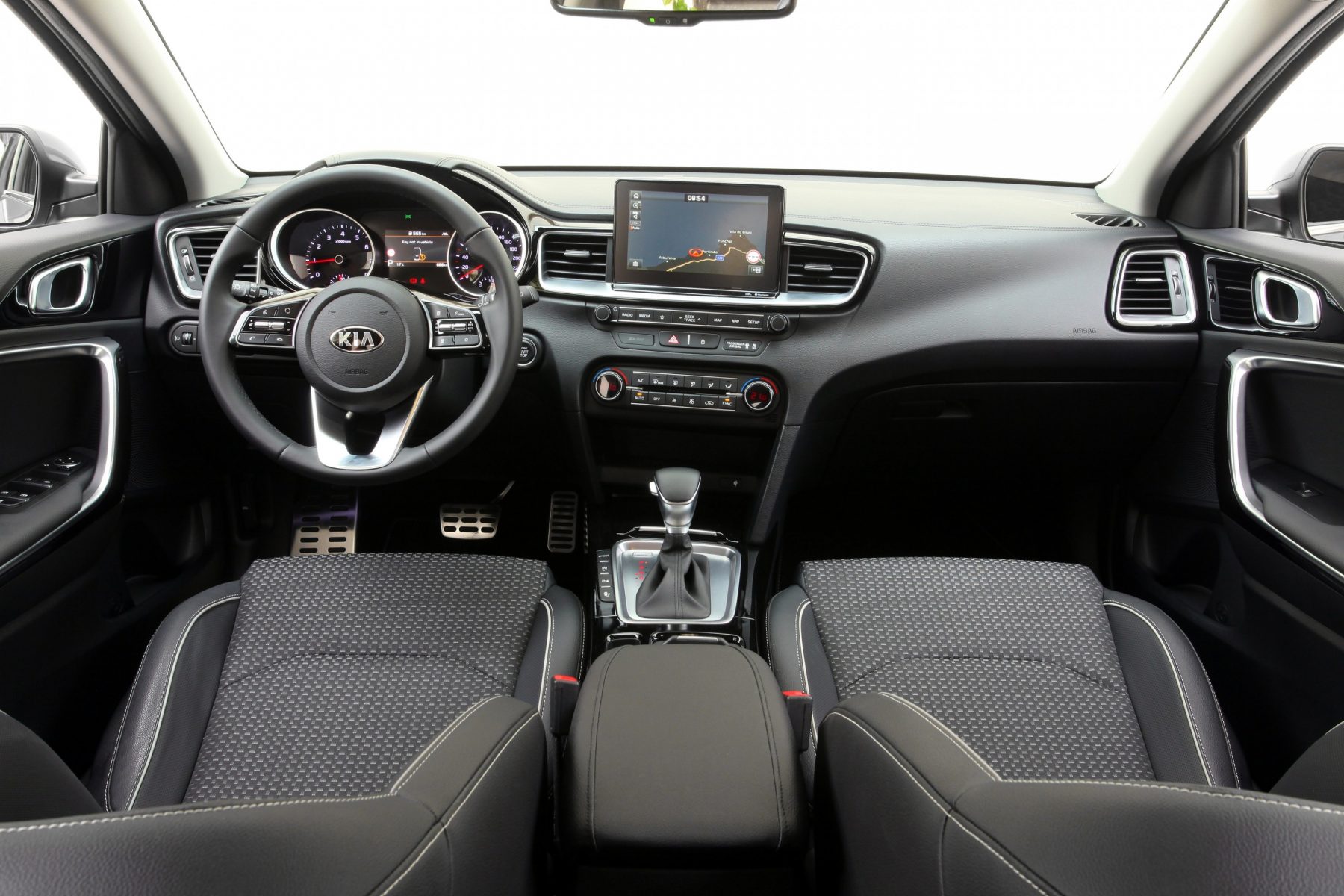
Inside is classic contemporary Kia – which brings with it some pros and cons. On the plus side, everything inside is fantastically intuitive, with controls exactly where you’d expect them and an infotainment system that, despite not being the newest or shiniest, remains one of the easiest to use in the business.
However, there’s no denying that it’s all a bit black and basic in here. Though materials are good quality, they’re not particularly pleasant to look at, and the end result looks slightly cheap.
It is very spacious, though. Kia claims the best rear leg and shoulder room in the class while the boot, at 395 litres, is not only one of the largest in capacity, it also boasts the widest opening and lowest load sill. The estate model is bigger yet, with a boot that dwarfs many cars from the class above.
What’s the spec like?
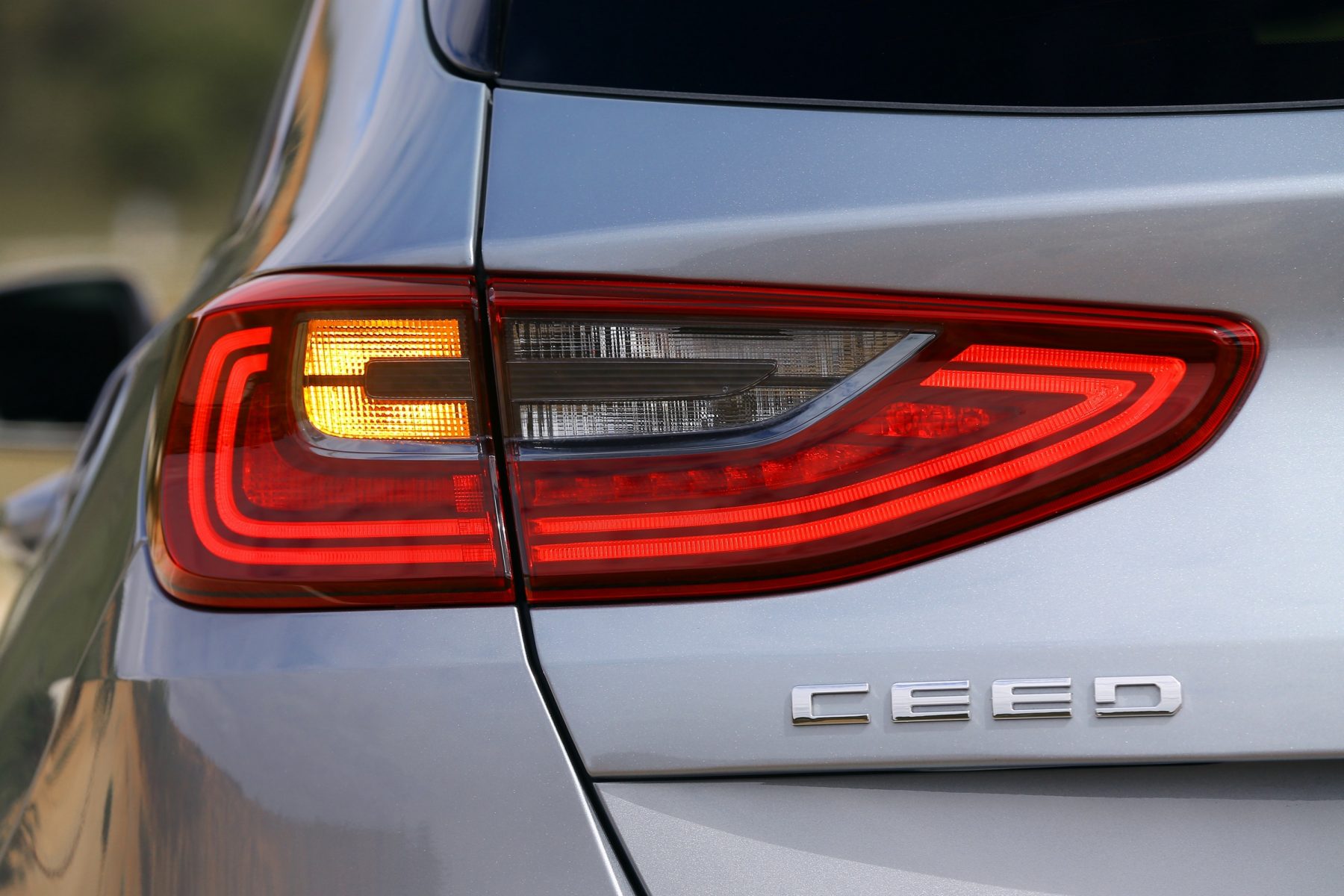
High equipment levels are a major pull factor for first-time Kia buyers, and the brand hasn’t disappointed with the new Ceed. Eschewing entry-level ‘1’ trim in the UK, the range kicks off with ‘2’ trim, which features a 7-inch infotainment display with Apple CarPlay and Android Auto, Bluetooth, automatic lights, keyless entry and a raft of standard safety equipment including autonomous emergency braking, high-beam assist, lane departure warning and blindspot monitoring.
Spec up and you’ll gain Lane Following Assist, which can drive the car itself in traffic as well as a great JBL-tuned stereo.
Pricing isn’t quite such a bargain as the previous car, but it’s still on the low end considering the level of standard equipment. For the Kia’s £18,295 starting price you’d barely get four wheels and an engine on a Volkswagen Golf.
Verdict
The Kia Ceed has come of age, and in the process become a seriously good C-segment hatch. It’s good to drive, seriously roomy and, with that class-leading seven-year warranty – a good option for private buyers who keep their cars for a long time.
A Volkswagen Golf still feels the superior product in terms of quality, while the Ford Focus is better to drive. But the Kia doesn’t disgrace itself and feels like a product you’d recommend on more than just its warranty and reliability.
Facts at a glance
Model as tested: Kia Ceed 1.0 T-GDi 2
Price: from £18,295
Engine: 1.0-litre 3cyl petrol
Power (bhp): 118
Torque (Nm): 172
Max speed (mph): 118
0-60mph: 10.9 seconds
MPG: 50.4
Emissions (g/km): 128

